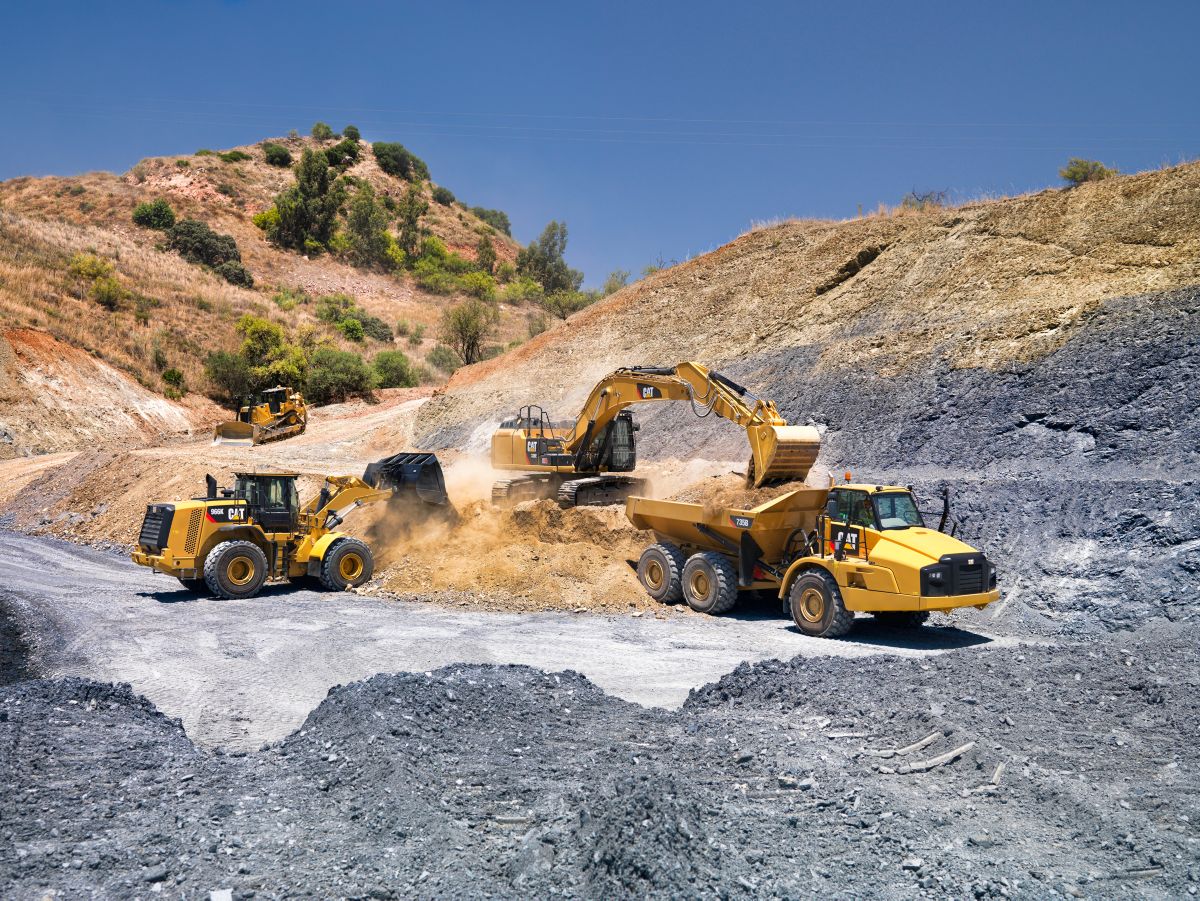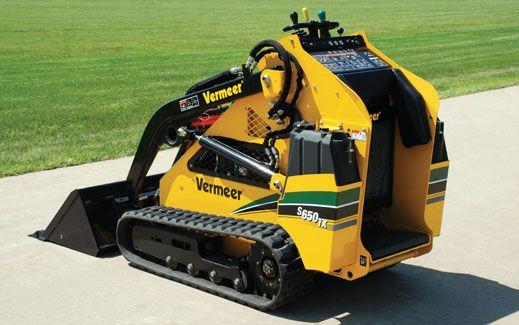Optimize Your Budget Plan by Understanding the Prices Related To Building And Construction Devices Leasings
Understanding the complete extent of costs associated with construction devices leasings is critical for maximizing your budget plan. What strategies can be employed to properly take care of these expenses and make certain a more efficient rental experience?
Overview of Rental Costs
When thinking about building equipment rentals, comprehending the associated costs is critical for efficient budgeting and task planning. Rental expenses can vary considerably based upon several aspects, consisting of equipment kind, duration of rental, and location. The initial rental fee commonly reflects the equipment's market demand and its linked operational capacities, influencing the overall cost.
Along with the base rental rate, ancillary prices may occur, such as transport fees, fuel additional charges, and upkeep fees. It is necessary to make up these additional costs to properly evaluate the complete expense of renting out equipment. The rental duration can influence pricing; longer rentals may qualify for reduced rates, while short-term rentals may incur higher daily costs.

Malfunction of Rental Rates
A detailed understanding of rental rates is necessary for service providers and task supervisors aiming to enhance their budgets. Rental rates for building and construction tools commonly contain a number of components, consisting of base prices, time-based fees, and usage fees.
Base prices are the core costs connected with the service of the tools, usually established by the kind and size of the machinery. These prices can vary considerably, affected by aspects such as equipment need, availability, and regional market patterns. Time-based charges, which might be daily, weekly, or monthly, serve to accommodate various job timelines and rental periods.
Additionally, rental rates might consist of usage charges, which are relevant when tools is utilized beyond a defined threshold, making sure that the rental business can represent damage. Seasonal need variations can likewise affect rental prices, with peak construction periods typically regulating higher prices.
Moreover, understanding the rental firm's policies concerning upkeep and insurance policy can provide further understanding right into the total expense framework. By analyzing these elements, specialists can make educated choices, guaranteeing the choice of rental tools aligns with both job requirements and spending plan constraints.
Extra Charges to Consider
Comprehending the ins and outs of additional fees is critical for professionals to manage their overall rental costs properly. Beyond the conventional rental rates, numerous extra fees can significantly affect the total expense of equipment leasing. These costs usually include distribution and pickup fees, which can differ based on range and logistics associated with moving the devices to and from the job website.
Furthermore, some rental business might enforce fuel additional charges if the equipment is returned with much less gas than when rented. It is additionally important to be aware of potential cleaning charges, especially for customized equipment that requires detailed maintenance after use.

Completely examining the rental contract and clarifying these added fees ahead of time can help professionals make certain and prevent unforeseen expenses that budget plans stay intact throughout the job lifecycle.
Maintenance and Repair Work Costs
Normal repair and maintenance costs are usually overlooked factors that can substantially influence the total cost of building and construction equipment services. When leasing tools, a knockout post it is important to consider not only the rental fees however also the prospective expenses connected with keeping the equipment in optimal operating condition.
Lots of rental business consist of standard upkeep as component of the rental arrangement; nonetheless, much more substantial repair work or unanticipated breakdowns can lead to extra costs. It's important to review the rental agreement thoroughly to understand what upkeep services are covered and what duties drop on the tenant.
Moreover, devices that is not well-kept can result in inadequacies on the work site, potentially increasing and creating delays project expenses. To alleviate these risks, it is recommended to carry out routine inspections and keep open communication with the rental company pertaining to any type of concerns that develop during use.
Insurance Policy and Responsibility Prices
Insurance policy and responsibility costs are important elements that can considerably affect the general cost of building equipment rentals (heavy equipment rental). These costs make certain that both the rental company and the client are shielded from potential monetary losses arising from mishaps, damages, or theft throughout the rental duration

Additionally, customers should know any type of deductibles or exclusions in the insurance plan, as these can affect possible out-of-pocket expenses. Recognizing the terms and problems of any insurance coverage is crucial to stay clear of unforeseen costs. Inevitably, budgeting for insurance and foot compactor obligation expenditures can aid ensure a smoother rental experience and protect versus financial dangers connected with building jobs.
Conclusion
In final thought, a detailed understanding of the expenses click for more info connected with construction equipment rentals is necessary for efficient budget plan administration. Ultimately, informed decision-making concerning equipment services adds to the general success of construction undertakings.
Rental prices can differ substantially based on numerous factors, including tools kind, duration of service, and place (heavy equipment rental). The rental duration can affect pricing; longer services may certify for reduced rates, while temporary rentals could incur greater daily costs
By carrying out complete research and involving with respectable rental companies, specialists can successfully browse the intricacies of rental pricing, inevitably maximizing their monetary sources.
Beyond the conventional rental rates, various additional charges can dramatically affect the total cost of devices rental. Rental business often provide obligation insurance policy that covers injuries to 3rd events or damages to building, while tools damage insurance policy can cover the expense of fixings or substitute if the rented equipment is damaged.